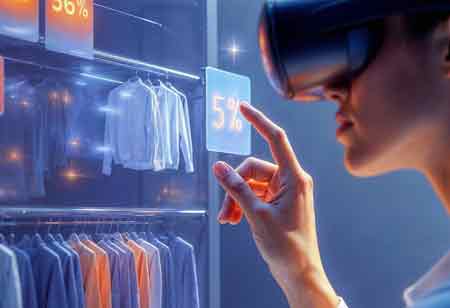THANK YOU FOR SUBSCRIBING
Significance of Digital Body Language in E-Commerce
Marketing strategies and trends have evolved over the period from pamphlets to digital campaigns. Organizations strive to gain better insights into customer’s interest.

By
Apac CIOOutlook | Tuesday, January 22, 2019
Stay ahead of the industry with exclusive feature stories on the top companies, expert insights and the latest news delivered straight to your inbox. Subscribe today.
Marketing strategies and trends have evolved over the period from pamphlets to digital campaigns. Organizations strive to gain better insights into customer’s interest. Digital body language is a trending concept in the E-commerce industry. It is unlike, traditional marketing in which brands leverage cookies and programs to track buyer’s activity over their website.
Clicks, scrolls, zooms, time spent, and mouse movements all are parts of digital body language giving an idea about customer’s preference and enabling brands to predict purchases. Marketers can measure this data objectively to learn where the customer journey is going, exciting products, and the best time to make them sales offers.
The ultimate goal of all marketing strategies is to improve sales. In the age of digitalization, it can be achieved through personalized customer service and experience. Organizations need to utilize the digital body language to analyze the popularity of a particular page or product among. Also, according to location, the efforts can be shifted to the required. The more data available will lead to more sales.
Determine Good Leads
Digitalization benefits in determining good leads that can be easily converted into sales. Based on customer’s visits, search, and time it becomes easy to understand whether he/she is potential enough for putting marketing efforts or not.
Check This Out:- Top SEO Companies
Improving Customer Engagement
Digital body language also allows the brand to understand the changes that they need to make in their website, as website functionality plays a role in customer engagement. Activities made throughout the spent time gives an insight into use of functionality; slower scroll rate, page fluctuations, and mouse movements are indicators of better customer engagement.
Real-Time Response
Once an E-commerce platform gets a good grasp of body language, it can provide more personalized and humanly response in real-time. Pop-ups, recommendations, emails, banners are a few examples of real-time response. It is observed that such strategies result in better sales as respond them to more than static ones. Live assistance also adds to it and the ultimate business goal can be achieved through this.





